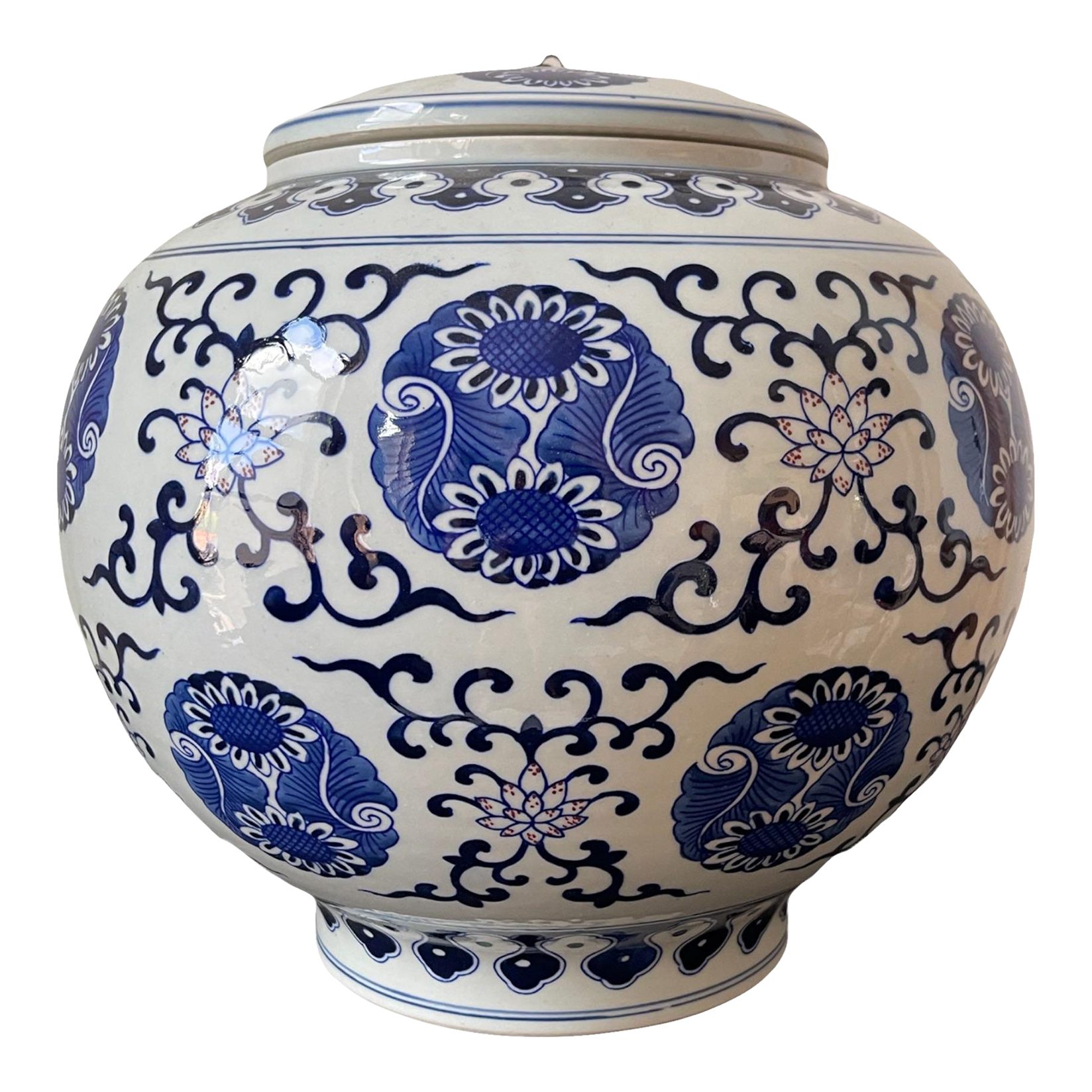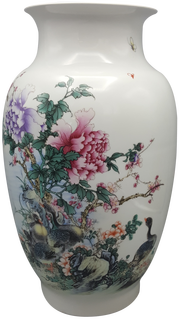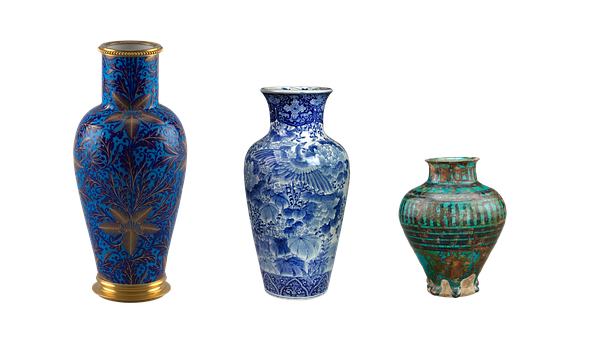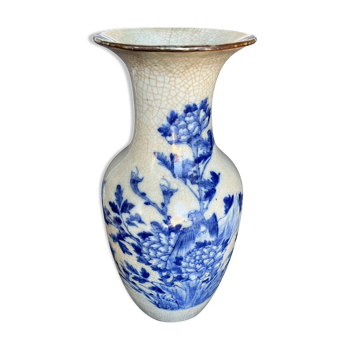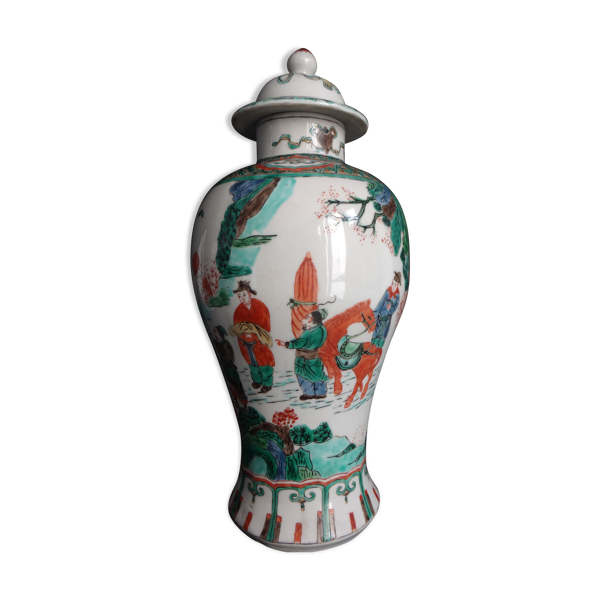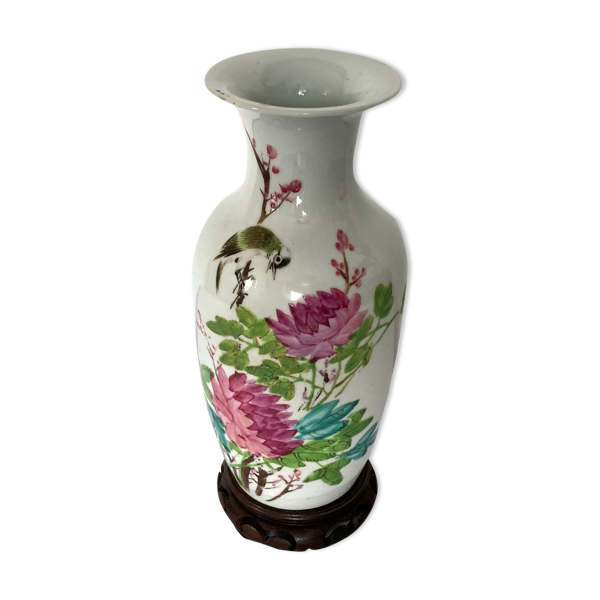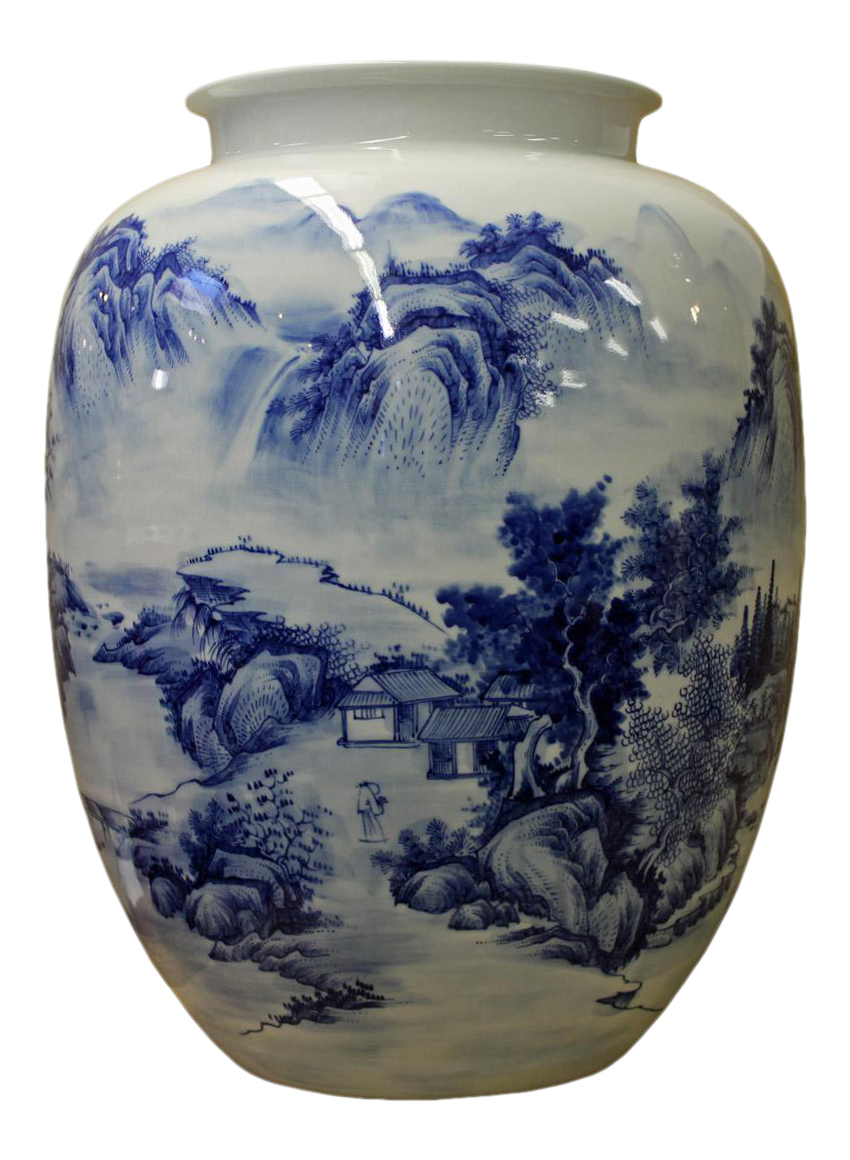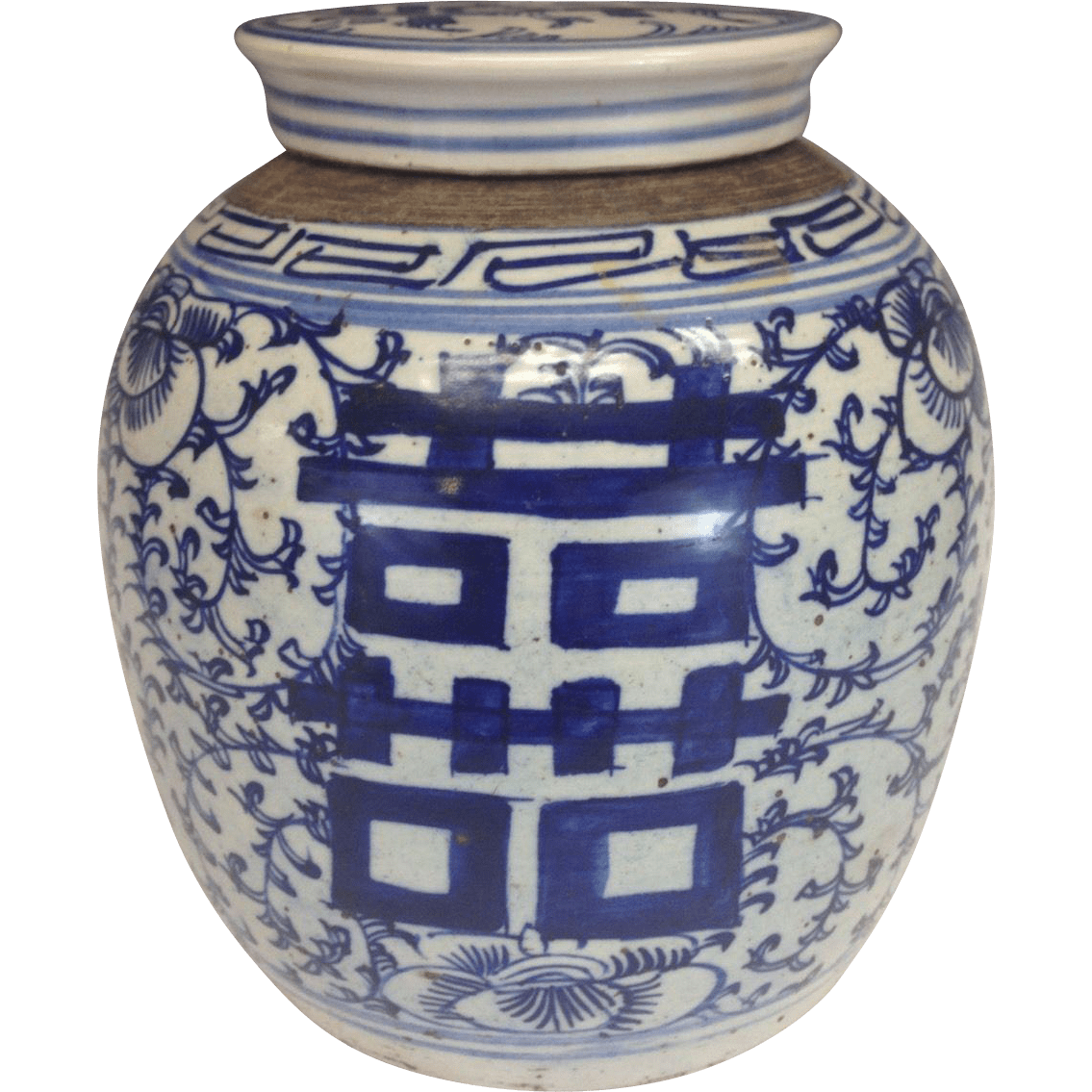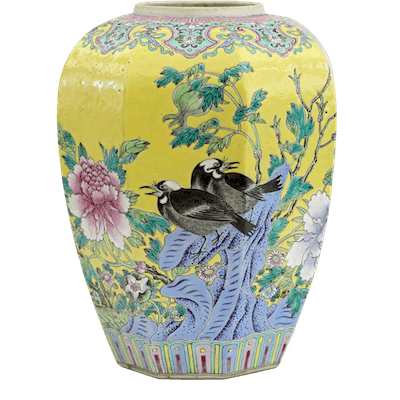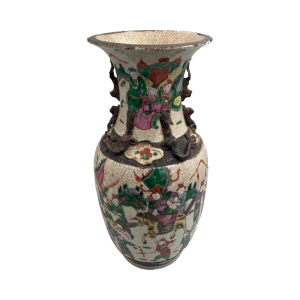Download top and best high-quality free Chinese Porcelain Vase PNG Transparent Images backgrounds available in various sizes. To view the full PNG size resolution click on any of the below image thumbnail.
License Info: Creative Commons 4.0 BY-NC
Ceramic ingredients such as kaolinite are often heated to temperatures between 1,200 and 1,400 °C (2,200 and 2,600 °F) in a kiln to create porcelain. Comparatively to other varieties of pottery, porcelain is stronger and more translucent because of the body’s internal synthesis of the mineral mullite during the process of vitrification. Although there are many different definitions of porcelain, there are three primary types: hard-paste, soft-paste, and bone china. The paste used to create the body of the porcelain piece and the firing conditions determine which category an object falls into.
Depending on the criteria used, porcelain first appeared in China anywhere between 2,000 and 1,200 years ago. From there, it gradually expanded to other East Asian nations, then to Europe, and finally to the rest of the globe. Due to its delicateness, durability, and white color, it has traditionally been considered as the most prestigious sort of pottery. Its manufacturing technique is more difficult than that of earthenware and stoneware, the two other major varieties of pottery. It blends beautifully with paint and glazes, is extremely modelable, and allows for a wide variety of creative treatments on dinnerware, containers, and figures. It is also widely used in both technology and business.
Because of its likeness to the surface of the cowrie shell, porcelain’s English term in Europe is derived from the old Italian porcellana (cowrie shell). Since porcelain was initially imported from China around the 17th century, it is also known as china or exquisite china in several English-speaking nations. Low permeability and elasticity, significant strength, hardness, whiteness, translucency, and resonance, as well as a strong resistance to corrosive substances and thermal stress, are all characteristics of porcelain.
Soft-paste porcelain swan tureen, 1752″1756, Chelsea porcelain
“Completely vitrified, rigid, impermeable (even before glazing), white or artificially colored, transparent (unless when of great thickness), and resonant” are some of the characteristics of porcelain. However, “porcelain” has “been used in an unsystematic way to substances of varied sorts which have just some surface-qualities in common” and lacks an international definition.
The only ceramic types traditionally recognized in East Asia are low-fired (earthenware) and high-fired (commonly translated as porcelain) crafts. The latter category also includes what Europeans refer to as “stoneware,” which is high-fired but not often white or transparent. In situations where the ceramic body approaches whiteness and translucency, terms like “proto-porcelain,” “porcellaneous,” or “near-porcelain” may be employed.
Download Chinese Porcelain Vase PNG images transparent gallery
- Chinese Porcelain Vase PNG
Resolution: 1648 × 1648
Size: 2607 KB
Image Format: .png
Download
- Chinese Porcelain Vase Transparent
Resolution: 179 × 320
Size: 91 KB
Image Format: .png
Download
- Chinese Porcelain Vase
Resolution: 595 × 340
Size: 157 KB
Image Format: .png
Download
- Chinese Porcelain Vase PNG Clipart
Resolution: 350 × 350
Size: 93 KB
Image Format: .png
Download
- Chinese Porcelain Vase PNG Cutout
Resolution: 800 × 800
Size: 148 KB
Image Format: .png
Download
- Chinese Porcelain Vase PNG File
Resolution: 600 × 600
Size: 170 KB
Image Format: .png
Download
- Chinese Porcelain Vase PNG Image
Resolution: 600 × 600
Size: 180 KB
Image Format: .png
Download
- Chinese Porcelain Vase PNG Images
Resolution: 850 × 1160
Size: 1554 KB
Image Format: .png
Download
- Chinese Porcelain Vase PNG Photo
Resolution: 1135 × 1135
Size: 519 KB
Image Format: .png
Download
- Chinese Porcelain Vase PNG Photos
Resolution: 400 × 400
Size: 67 KB
Image Format: .png
Download
- Chinese Porcelain Vase PNG Pic
Resolution: 300 × 300
Size: 69 KB
Image Format: .png
Download
